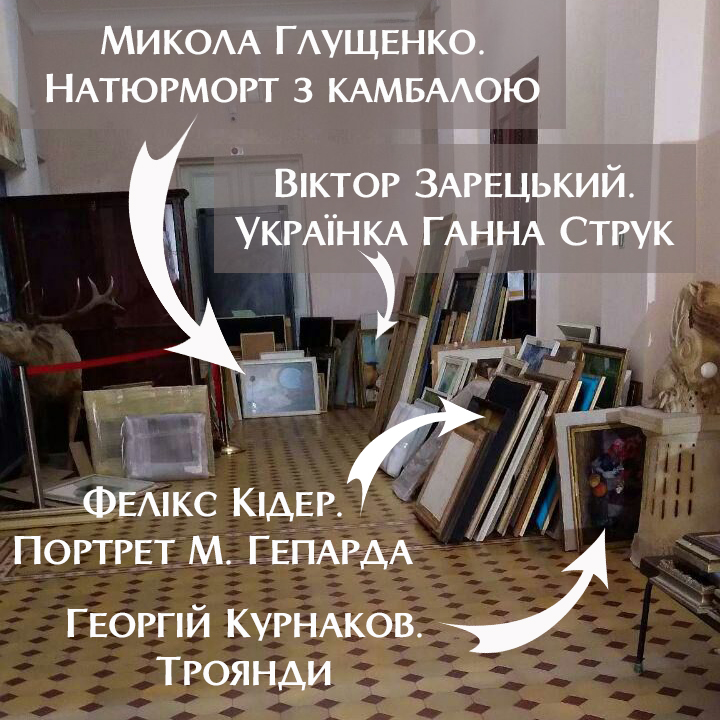Introduction
Recent revelations by Ukraine’s Kherson Art Museum shed light on the alleged looting of artworks from its collection by Russian forces. The discovery was made possible through a “propaganda video” filmed in a Crimean museum, leading to the identification of 100 stolen works. This development further underscores the ongoing cultural ramifications of the conflict between Ukraine and Russia.
Looting Unveiled Through Propaganda Video
The Kherson Art Museum revealed that the identification of the looted artworks was facilitated by a video recorded in Crimea’s Central Museum of Tavrida and broadcasted on Russian television in September of last year. The footage provided crucial evidence, enabling the museum to pinpoint the whereabouts of a significant portion of the stolen art.
Contents of the Looted Artworks
Among the identified works are pieces of significant cultural and historical value. These include “Fishermen On The Seashore” (1932) by Ivan Shulha, “Daughter of Guzel” (1967) by Venera Takaieva, and an oil painting from 1967 by Yefrem Zverkov. Notably, three additional oil paintings by Ksenia Stetsenko, Anatolii Platonov, and Antonin Fomintsev, previously removed from Ukrainian museums under the guise of evacuation, were also spotted in the video.

Extent of the Plunder
The Kherson Art Museum estimates that the 100 identified works represent only a fraction of the total artworks looted from Ukrainian cultural institutions. The systematic plundering of museums by Russian forces, documented since the invasion began in February 2022, has dealt a severe blow to Ukraine’s cultural heritage.
Response and Condemnation
The museum has taken to social media to condemn the looting and highlight the undeniable evidence provided by the identified artworks. Ukrainian politicians have decried these actions as an assault on their national identity. Additionally, Russia has faced accusations of violating the 1954 Hague Convention for the Protection of Cultural Property, which both Russia and Ukraine are signatories to.
Conclusion
The revelation of artworks allegedly looted by Russian forces underscores the broader cultural impact of the ongoing conflict between Ukraine and Russia. As efforts to recover stolen cultural artefacts continue, the international community remains vigilant in preserving cultural heritage and holding accountable those responsible for its destruction and plunder.
Feature Image: Shared on Facebook by the Kherson Art Museum identifying works they say were looted by Russian forces from their collection. COURTESY: KHERSON ART MUSEUM





